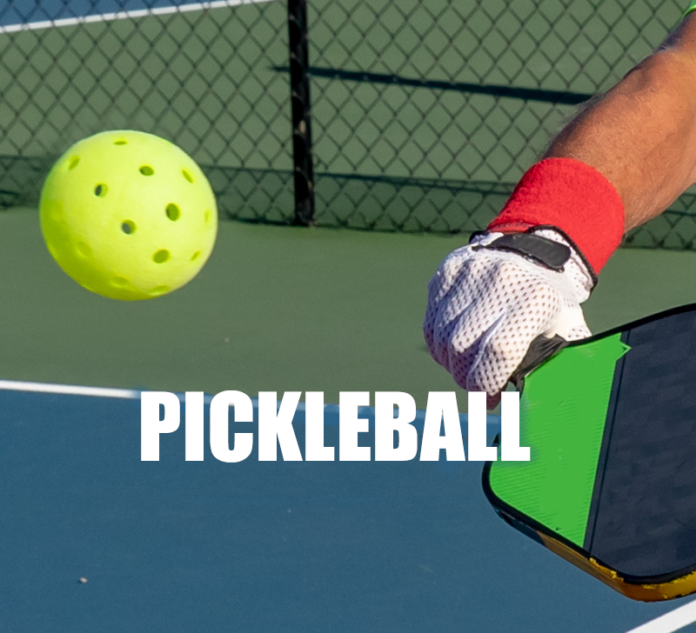We invite you to come check out the Villages Pickleball Club. It is never too late to start as this sport is very embraced by the senior community in all levels. Come give it a try! You won’t know if you like it until you try it!
Check out our website at: https://villagespickleball.vgcc.club
We always love to share strategies for playing Pickleball. Here is one of those strategies:
Understanding the “No-Volley Zone” (AKA The Kitchen)
Pickleball has its fair share of rules, and one of them often stirs up much debate—the No-Volley Zone, commonly known as “the kitchen.” This 7-foot zone near the net forces players to refine their finesse, keeping the game strategic rather than turning into a smash-fest. Mastering it not only sharpens your skills but also saves you from never-ending foot fault debates.
The Kitchen: A Zone of Strategy
The kitchen isn’t just a rule; it’s a built-in strategy enforcer. Since volleys aren’t allowed in this space, players must rely on placement and control rather than sheer power. Standing too close? You risk an automatic fault. Stay too far back? You open the court for a well-placed drop shot. Finding the balance is what separates the casual players from the serious contenders.
Foot Faults: The Unofficial Replay Zone
A common source of dispute, stepping into the kitchen during a volley, results in a fault—but was your foot actually touching the line? According to the rules, if any part of your foot is touching the kitchen or its boundary line when hitting a volley out of the air, it’s a fault. Some players will claim photographic memory, while others will insist on invisible replays. The best approach? Accept the call and refocus—pickleball is won on skill, not courtroom-style debates. And if no one saw your foot on that line, but you know it was, then have the integrity to call it on yourself.
The Art of the Dink: Mastering Kitchen Play
Since the no-volley rule forces a more controlled style of play, the dink—lightly tapping the ball over the net—becomes a crucial skill. A well-placed dink can put your opponent in an awkward position, forcing them into a defensive return. Precision and patience win out here, not brute strength.
It Takes Courage to Play at the Net
When I first started playing pickleball, I was hesitant to move up to the net, lingering instead at the baseline where I felt more comfortable. I’ve also noticed that many tennis players tend to stay near the service line rather than advancing quickly to the kitchen line during play.
Stepping up to the net can feel intimidating at first—the pace of the game accelerates, demanding faster reflexes and sharper reactions. But don’t let that hold you back. With practice, both your body and mind will adapt. As you train yourself to approach the net with confidence, your brain will forge new neural pathways, improving your reaction time and overall performance.
Trust yourself, keep pushing forward, and before you know it, playing at the net will feel like second nature.
Learning from the Kitchen
Every player has a kitchen mishap at some point—it’s a rite of passage. Whether it’s stepping in by accident or getting caught in a soft-shot exchange, the kitchen is where quick thinking and adaptability shine. Play smart, respect the rules, and remember—the best players know when to stay out of the kitchen.





